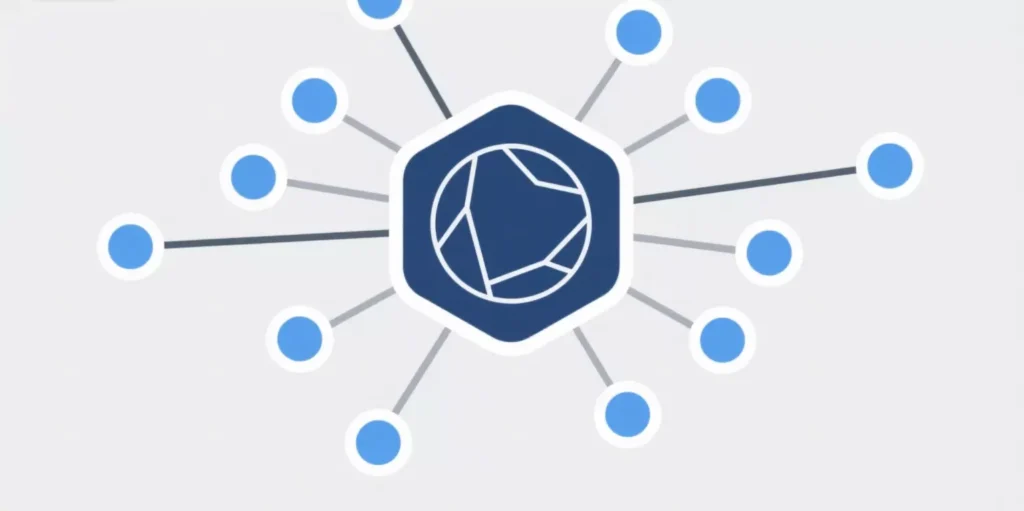Roblox stands as a dynamic virtual universe, blending principles of computer graphics, physics simulation, and social networking to create immersive experiences where users build, explore, and interact. At its core, Roblox operates on a client-server model, where the client (your device) communicates with remote servers to render 3D worlds governed by Lua-scripted logic, much like how neurons in a biological brain synchronize to process sensory input. However, in restricted environments—such as schools or workplaces—network firewalls, akin to selective barriers in cellular membranes, block access to prevent distractions or conserve bandwidth. These restrictions target specific domains or protocols, intercepting data packets through deep packet inspection techniques rooted in information security algorithms.
The concept of “Roblox online unblocked” emerges as a solution, employing network rerouting and cloud computing to circumvent these barriers without altering local systems. Scientifically, this involves principles of data tunneling and distributed processing, where traffic is redirected through intermediaries to mimic unrestricted access. In 2025, with advancements in edge computing, methods like browser-based streaming have matured, enabling low-latency play comparable to native installations. This tutorial article examines the underlying science, outlines practical approaches, and provides step-by-step guidance, fostering a deeper understanding of digital connectivity while emphasizing responsible use.

The Network Science Behind Roblox Restrictions and Unblocking
To understand Roblox online unblocked, consider the architecture of internet restrictions. Firewalls and content filters analyze packet headers, blocking traffic to roblox.com based on IP addresses or port numbers, drawing from pattern recognition in machine learning to identify gaming protocols. This creates a selective permeability, allowing educational traffic while halting recreational ones.
Unblocking counters this through rerouting, where data is encapsulated and sent via alternative paths. Cloud gaming platforms, for instance, offload processing to remote servers, streaming visuals back as video feeds—a process grounded in adaptive bitrate streaming, which adjusts quality based on bandwidth, minimizing latency measured in milliseconds. Proxies act as intermediaries, substituting the user’s IP with their own, exploiting IP address diversity to evade detection algorithms. These methods not only restore access but also illustrate network resilience, where systems adapt like evolving organisms to environmental pressures.
Evolution of Roblox and the Need for Unblocked Access
Roblox launched in 2006 as a platform for user-generated content, evolving into a metaverse with over 70 million daily users by 2025, powered by advanced rendering engines that simulate physics with real-time calculations. Its educational potential—teaching coding, design, and collaboration—clashes with institutional blocks, prompting unblocking innovations. In restricted settings, these solutions enable STEM learning, where virtual experiments demonstrate concepts like gravity or circuits without hardware limitations.
Cloud Gaming: The Primary Pathway for Roblox Online Unblocked
Cloud gaming represents a non-invasive method for Roblox online unblocked, utilizing distributed computing to run the game on powerful servers and stream it to your device. This bypasses local restrictions by treating the session as standard web traffic, similar to how cloud formations diffuse light in atmospheric science.
Platforms specializing in browser-based play host Roblox, rendering graphics remotely and transmitting inputs via low-latency protocols. To engage:
1.Open a compatible browser on your device.
2.Navigate to the cloud service’s Roblox portal.
3.Enter credentials or sign up, then launch a game.
4.Interact as usual, with the server handling computations—observe how adaptive streaming maintains frame rates around 60 FPS under stable connections.
This approach draws on edge computing, positioning servers closer to users for reduced ping times, quantifiable through network diagnostic tools.
Proxy Solutions: Rerouting for Seamless Access
For environments where direct cloud access is insufficient, proxies offer an alternative by acting as network relays. A proxy intercepts your requests, forwards them with its IP, and returns responses, effectively anonymizing your connection—a technique based on IP spoofing principles in cybersecurity.
Residential proxies, mimicking home connections, are particularly effective for Roblox online unblocked, as they avoid detection by appearing as legitimate users. Services like IPFLY provide such proxies, integrating with Roblox online unblocked strategies to offer dynamic IPs that ensure reliable, low-detection access during gameplay sessions. Configuration involves:
1.Acquire proxy details (IP, port, credentials).
2.Set up in browser extensions or system settings.
3.Test by loading Roblox, monitoring for unrestricted entry.
4.Adjust for optimal performance, noting reductions in block incidents.
This method exemplifies packet manipulation, where headers are rewritten to traverse firewalls undetected.
Whether you’re doing cross-border e-commerce testing, overseas social media ops, or anti-block data scraping—first pick the right proxy service on IPFLY.net, then join the IPFLY Telegram community! Industry pros share real strategies to fix “proxy inefficiency” issues!

Advanced Techniques: Portable Browsers and APK Sideloading
Building on proxies, portable browsers—executable from USB drives—provide modularity, allowing unblocked environments without host modifications. This draws from containerization in software engineering, isolating sessions.
For mobile devices, sideloading Roblox APKs bypasses app store restrictions, though for online unblocked, focus on browser methods. Tutorial for portable setup:
1.Download a portable browser executable to a USB.
2.Launch on the restricted device.
3.Configure proxy or cloud access within.
4.Engage with Roblox, evaluating session stability through playtesting.
These techniques highlight interdisciplinary applications, intersecting computing with user experience design.
Educational and Ethical Implications
Roblox’s unblocked access unlocks STEM opportunities, where virtual worlds teach physics via scripted simulations or biology through ecosystem builds. Ethically, prioritize compliance with institutional policies and legal content, promoting balanced digital literacy.
In regulated contexts, verify methods’ legality, as some may violate terms of service. Scientifically, this encourages experimentation with network variables, fostering innovation in accessibility technologies.
In conclusion, Roblox online unblocked blends network science with practical ingenuity, enabling exploration in constrained environments. Through these tutorials, users can apply these principles responsibly, enhancing their digital experiences while appreciating the technological foundations.


